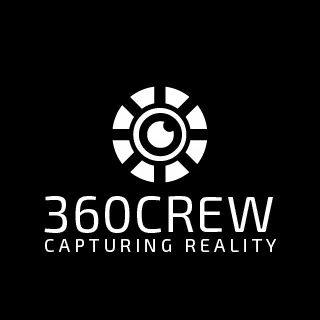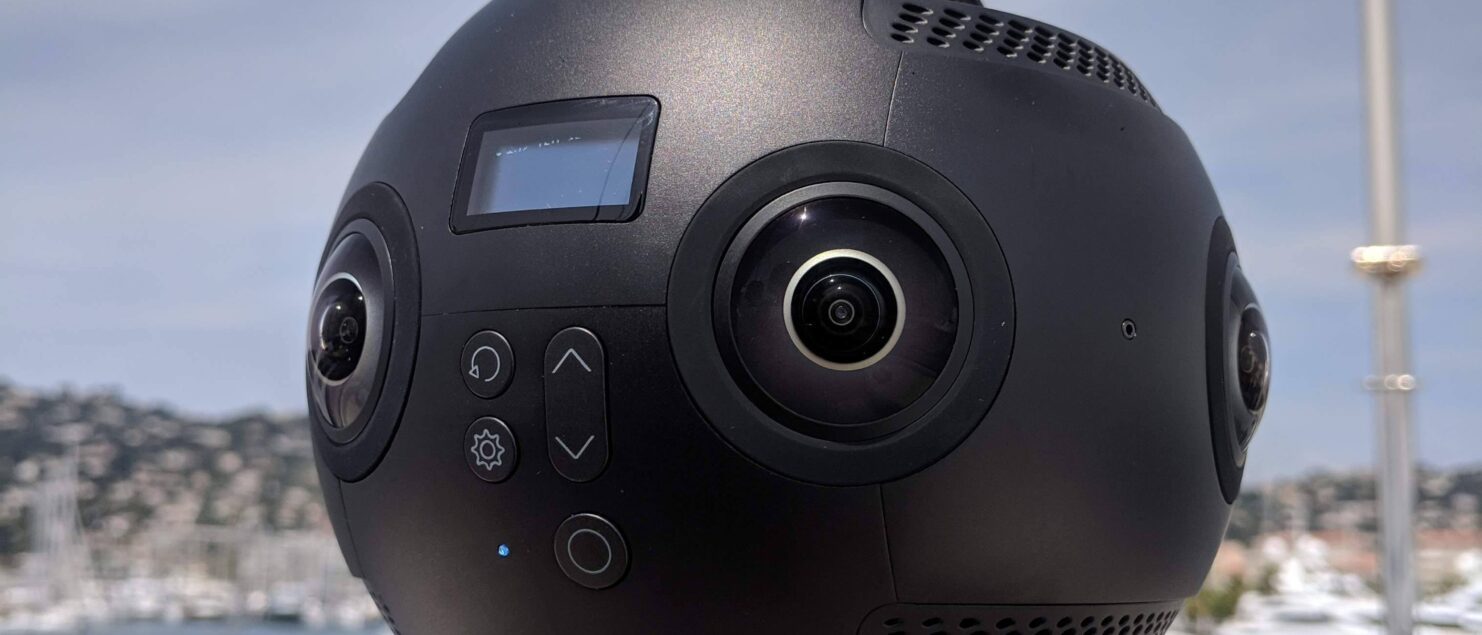The Power of 360 Videography and Photography in Crafting Immersive Educational Content for VR Headsets
In today’s digital age, education is no longer confined to the pages of textbooks or the walls of a classroom. The integration of technology has transformed the learning landscape, making it more engaging, interactive, and accessible than ever before. One such technological advancement that is revolutionizing education is the use of 360 videography and photography in conjunction with VR headsets. In this blog post, we’ll explore why these technologies are crucial for generating educational content that captivates learners and enhances their understanding of various subjects, including the importance of VR education in dangerous environments.
1. Immersion and Engagement:
The cornerstone of effective education is engagement, and 360 videography and photography offer a unique way to achieve it. When learners put on a VR headset, they are transported to a different world—a world where they can explore historical landmarks, dissect the human body, or travel to outer space. This immersive experience immediately grabs their attention and keeps them engaged in the educational content.
2. Experiential Learning:
360 videography and photography enable experiential learning, which is proven to be one of the most effective ways to retain information. Instead of passively absorbing facts and figures, learners actively participate in the learning process. For example, students can virtually visit the Pyramids of Egypt, stand on the surface of Mars, or even witness historical events firsthand. This hands-on approach fosters a deeper understanding and makes learning more memorable.
3. Accessibility and Inclusivity:
One of the most remarkable aspects of VR-based educational content is its accessibility. With a VR headset, learners from all corners of the globe can access the same immersive experiences. This means that a student in a remote village can explore the Louvre Museum in Paris or attend a virtual science lecture from a renowned professor. Additionally, VR technology can be adapted to accommodate diverse needs, ensuring that education is inclusive and accessible to everyone.
4. Interactivity and Exploration:
360 videography and photography allow learners to actively explore their subjects of interest. Whether it’s examining a cell at the molecular level, navigating through a historical battlefield, or conducting virtual experiments, learners can interact with the content in ways that traditional methods simply can’t replicate. This interactivity sparks curiosity and encourages critical thinking.
5. Real-World Applications, Including Dangerous Environments:
One of the most compelling aspects of VR-based education is its ability to immerse learners in dangerous or hazardous environments without exposing them to actual risks. For example, aspiring firefighters can train in virtual burning buildings, and industrial workers can practice safety protocols in virtual factories. This not only enhances safety but also ensures that learners are well-prepared to handle real-world challenges in these dangerous environments.
In conclusion, 360 videography and photography, when combined with VR headsets, are powerful tools for crafting educational content that transcends the limitations of traditional teaching methods. These technologies offer immersion, engagement, accessibility, interactivity, and real-world applicability, including the crucial role of preparing learners for dangerous environments. As we continue to embrace the potential of VR in education, we’re not just shaping the future of learning; we’re unlocking boundless possibilities for students and educators alike.

